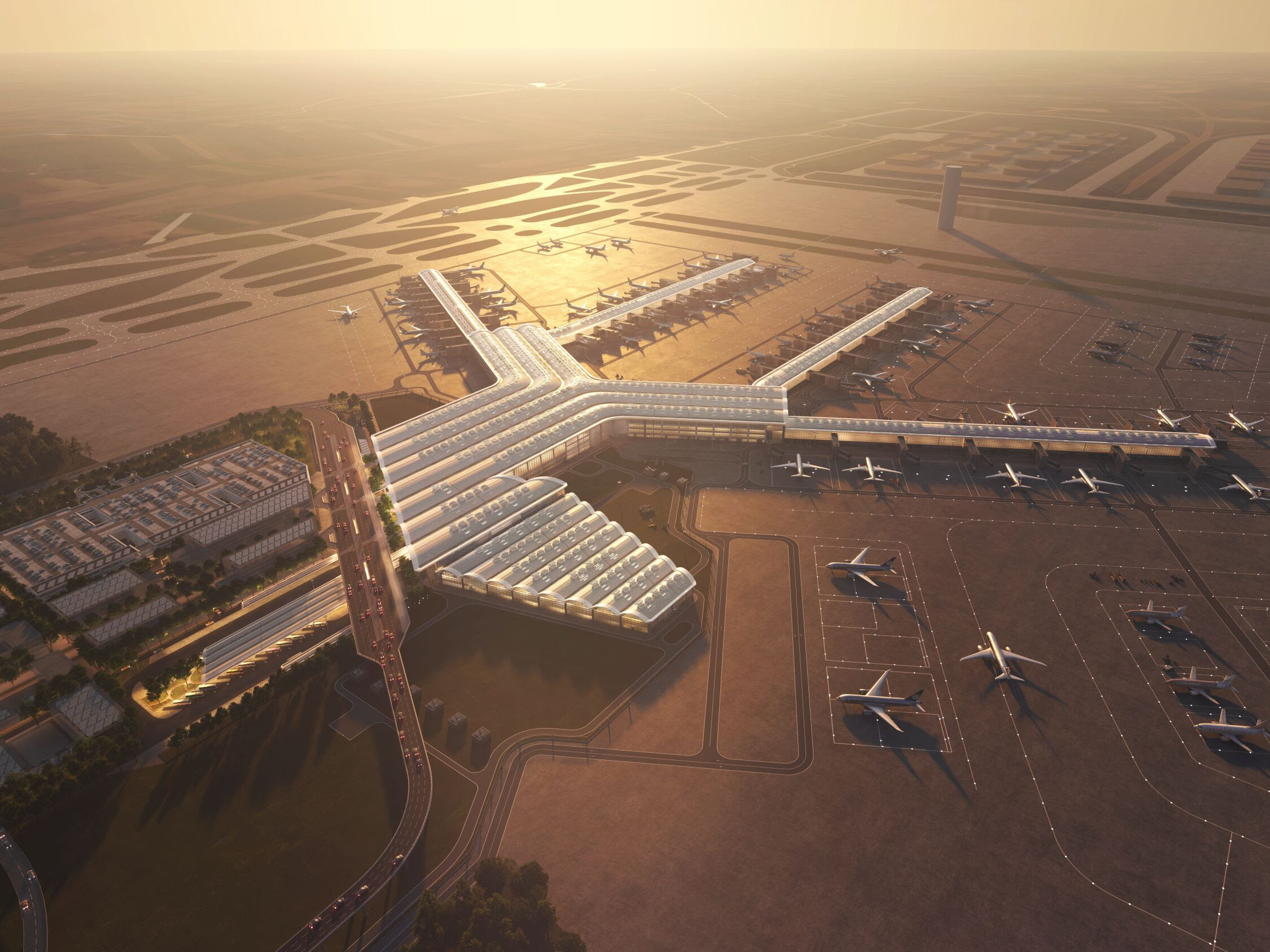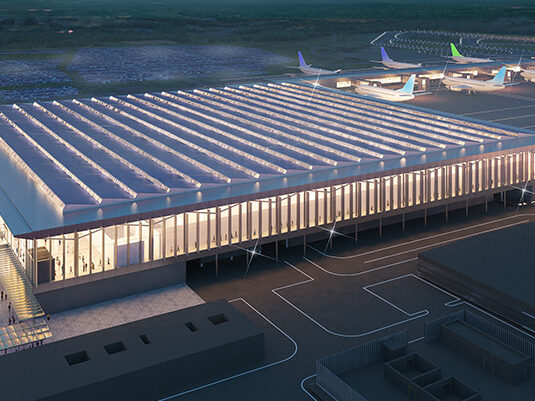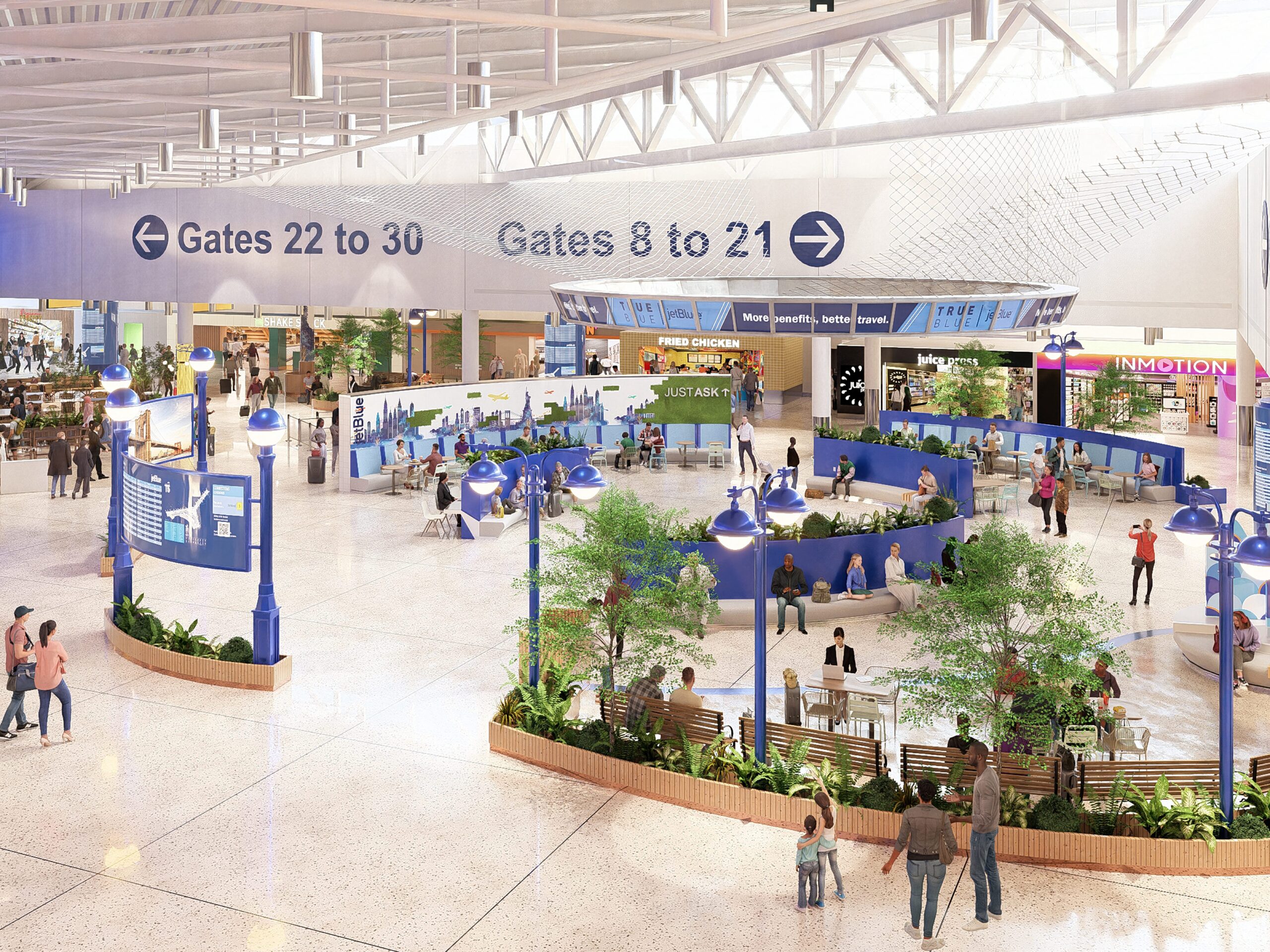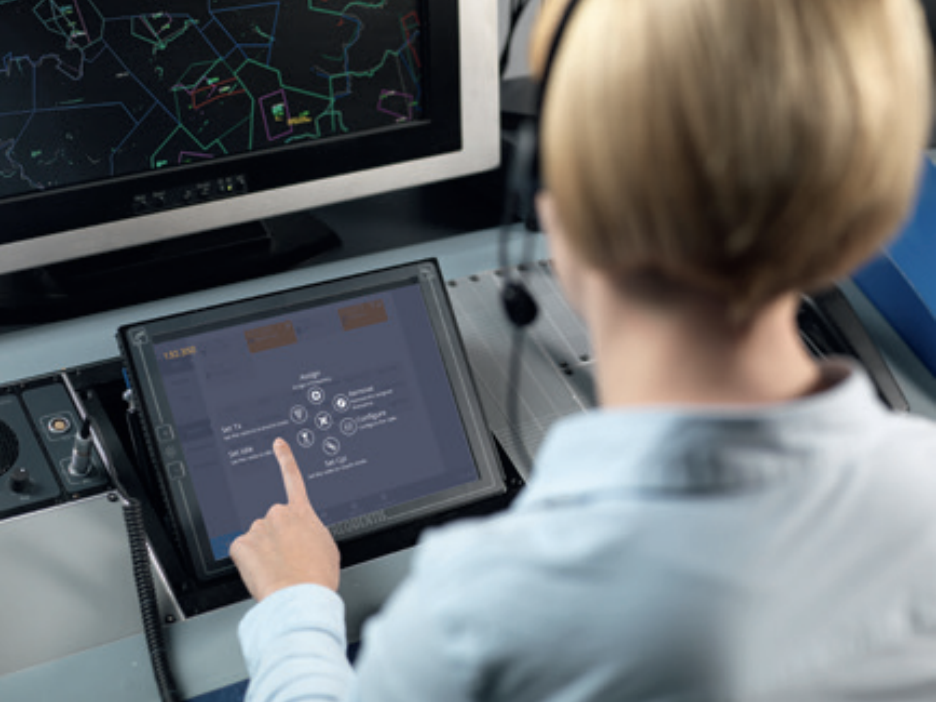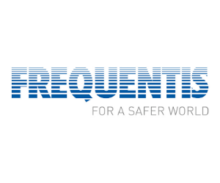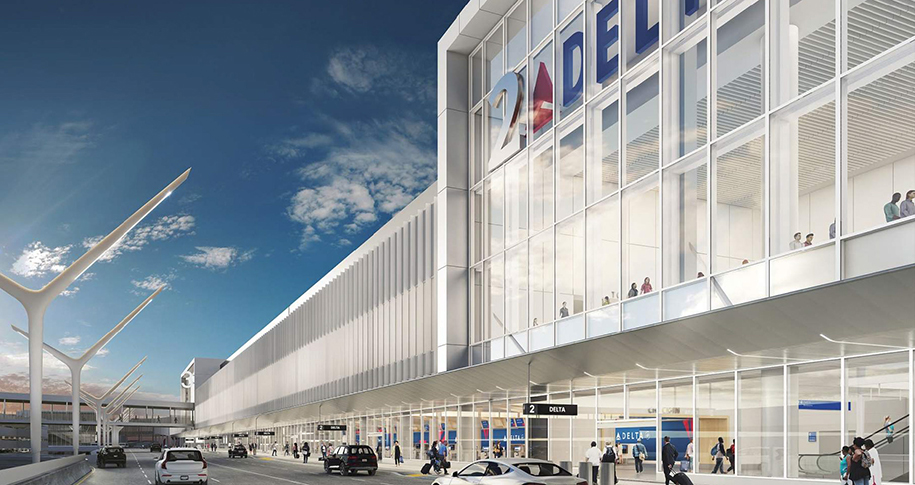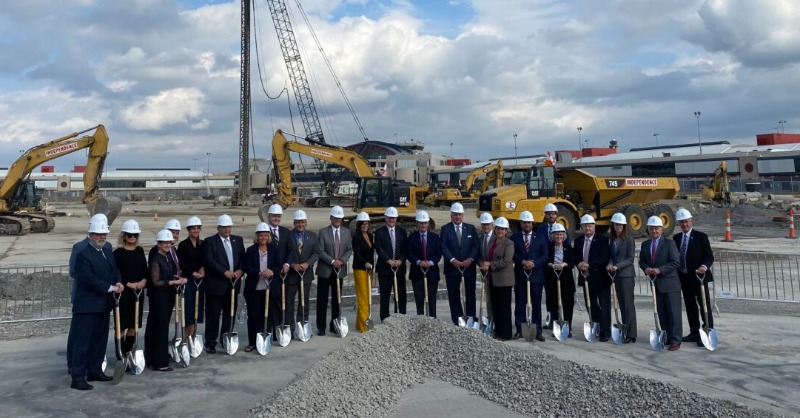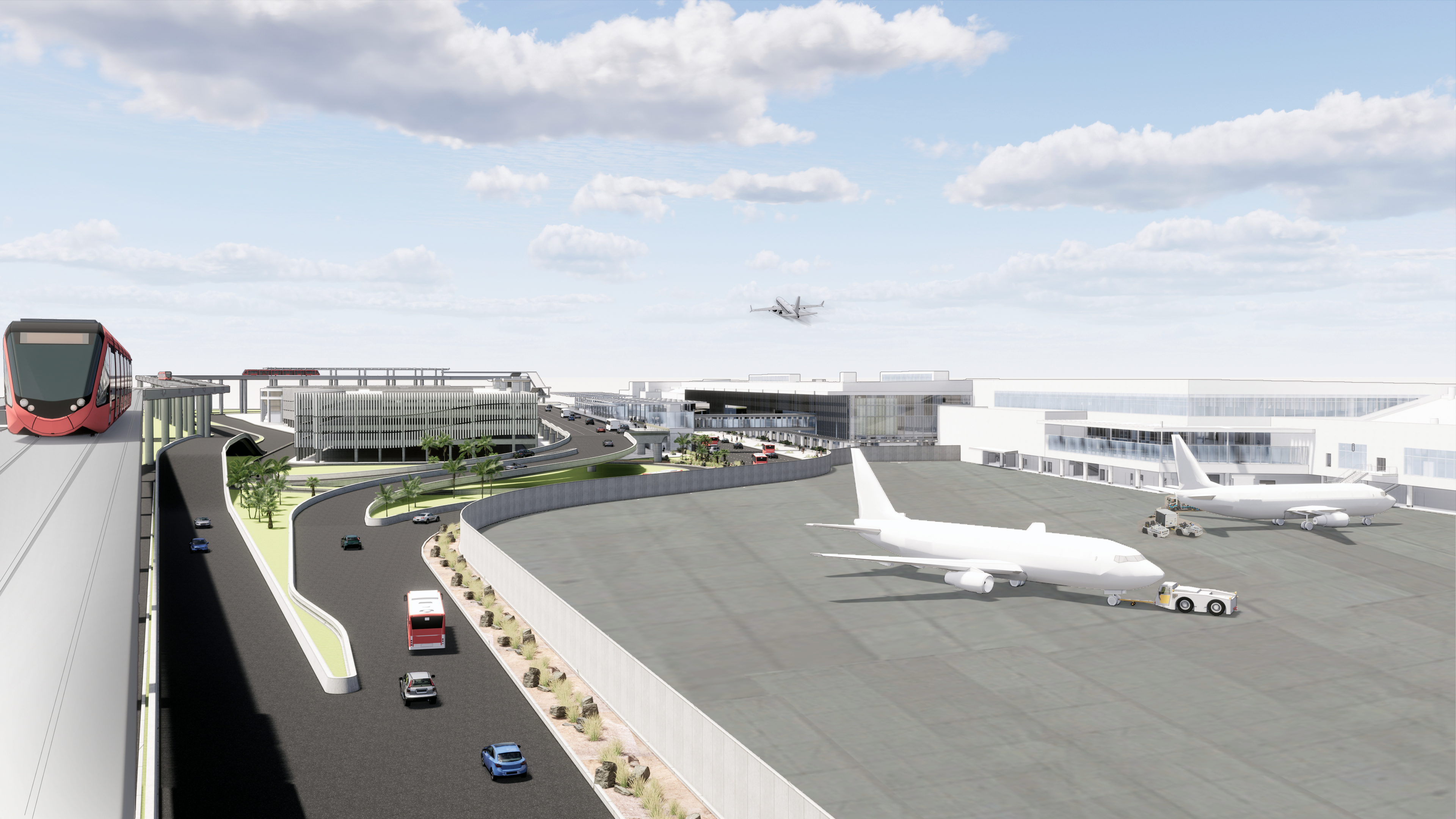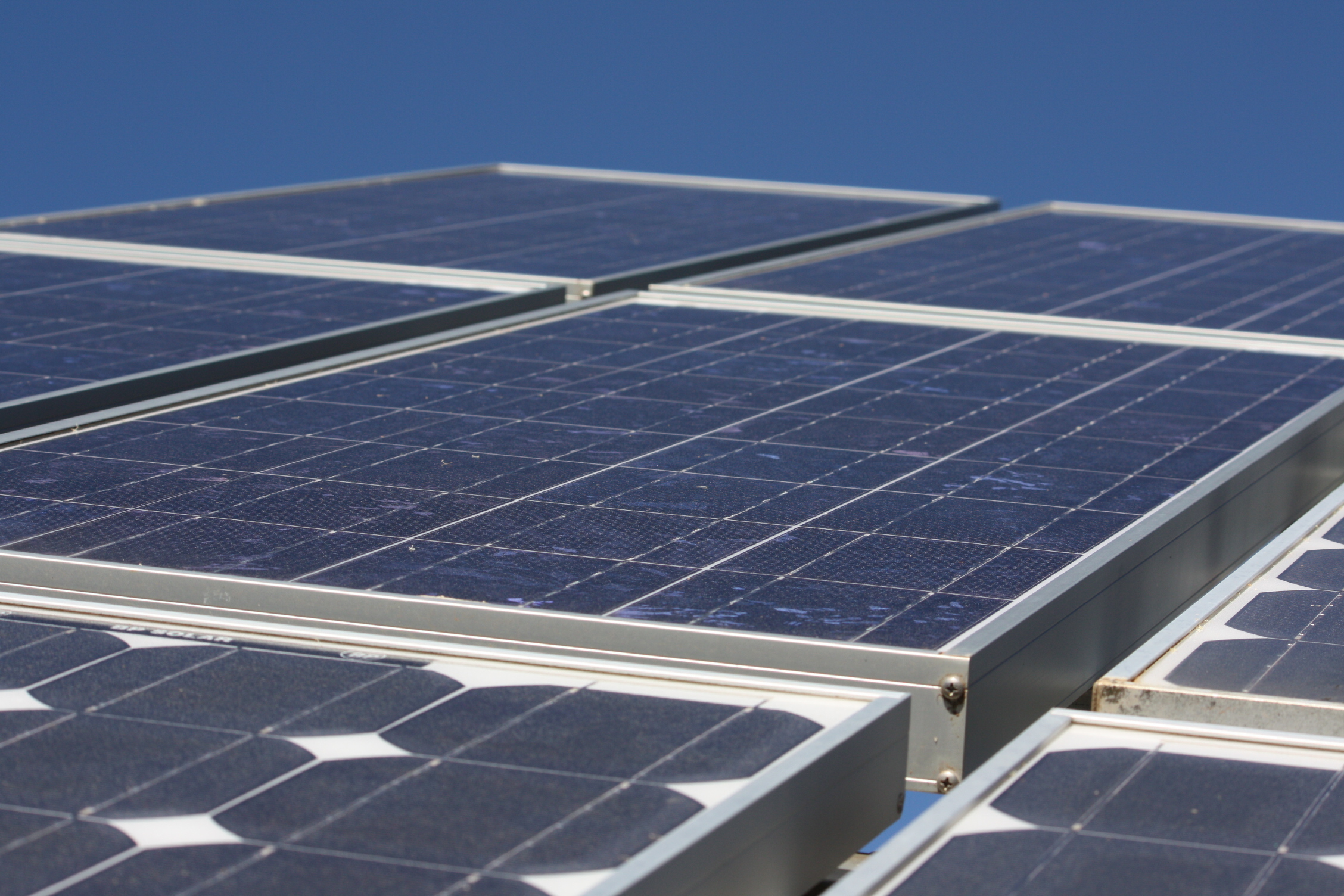FAA Launches Nationwide Solicitation to Design Air Traffic Control Towers of the Future
The U.S. Department of Transportation’s Federal Aviation Administration (FAA) is launching a nationwide solicitation to find a new design for control towers that can be built and operated sustainably at regional and municipal airports.
U.S. Transportation Secretary Pete Buttigieg, said:For communities large and small, the air traffic control tower is an icon. We want architects and engineers from every corner of the country to help build the safe and sustainable towers of the future.
The FAA has more than 100 aging control towers at regional and municipal airports across the United States that will eventually need to be replaced. The goal of the nationwide solicitation is to develop a standardized design for towers that will:
- Meet operational and cost requirements
- Maximize energy efficiency
- Be easy to modify according to height needs
- Be rapidly constructed
On Nov. 9, the FAA will host a webinar to answer questions from interested businesses before the official solicitation starts. Between now and then, the FAA will raise awareness of the opportunity to minority-owned and disadvantaged businesses.
The registration opening for U.S.-based architectural and engineering design firms is scheduled for Nov. 16. Details about the webinar and other aspects of the solicitation are available at https://www.faa.gov/go/towerdesign.
A three-phase, best value and fixed-price selection process will be used in accordance with the Acquisition Management System (AMS).
- Phase 1 – Request for Information (RFI): Architectural and engineering firms may submit a general project idea and approach statement. Based on these submissions, the FAA will narrow the field of choices to 15 firms that will be eligible to compete in Phase 2.
- Phase 2 – Request for Qualifications (RFQ): In Phase 2, the up to 15 selected firms will be asked to provide resumes, relevant experience and financial capabilities. Based on these submissions, up to six firms will be selected to provide a conceptual design package and cost estimate for the complete tower design in Phase 3.
- Phase 3 – Request for Offer (RFO): In Phase 3, the FAA will evaluate the design package and cost estimate from each of the six firms selected from Phase 2. From those six submissions, the FAA plans to award a contract to a top-rated applicant to fully design the new air traffic control tower concept.
The FAA used a similar approach when it invited architectural firms to develop a modular design concept for new control towers. The agency ultimately selected a proposal from the company headed by rising architect I.M. Pei. Several of the 16 Pei-designed towers—including at Chicago O’Hare, Sacramento, Madison, and Jacksonville international airports—are still operating today.
The tower at Tucson International Airport provides an example of sustainable building already in operation. The tower is the first air traffic facility with net-zero energy consumption. It uses a 1,600-panel solar farm to generate power for all of its electrical needs, and supplies unused power back to the grid. The solar farm also produces ice, which is stored in large containers and used to cool the building when solar panels are not generating electricity. Additional ‘green’ features at Tucson include reflective roofing materials, insulated windows, motion detectors for the low-energy, indoor lights, and no-water landscaping.
This article was originally published by the Federal Aviation Administration / U.S. Department of Transportation.


